
A condition found amongst toddlers and young adults. It is a type of gait abnormality in which a child loses the right contact with the ground.
Studies show that children with developmental problems or autism are more susceptible to toe walking.
A child who continues to walk in a flawed posture without any clinical intervention, may develop severe neuromuscular issues.
Some others affected by cerebral palsy lose their healthy posture and starts toe walking.
We often recommend custom anti-toe walking boots for children who are affected by this problem.
There are minimal side effects with this treatment and it is more cost-effective than other methods.
Early detection and treatment is always better for the affected person.
There are several anti-toe walking solutions available in Orthopaedia.
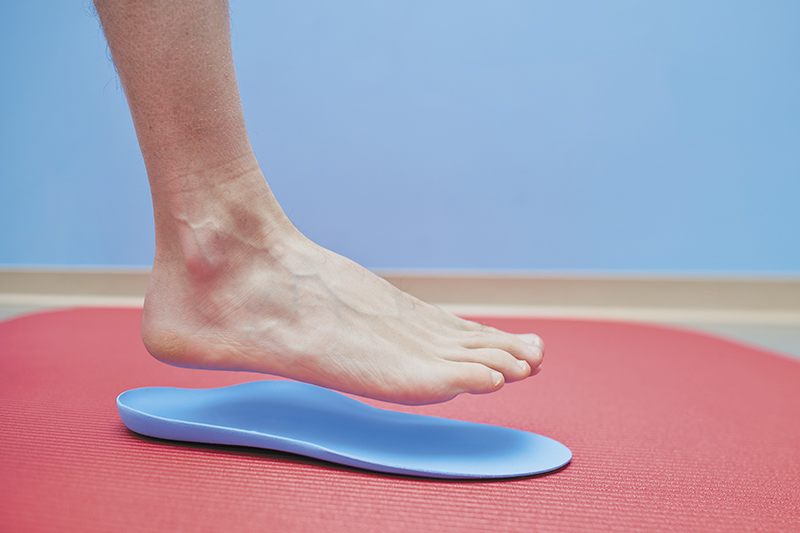
Customized in-toe gait biomechanical insoles are designed to restrict in-toeing from rotational deformities of the foot (metatarsus adductus), altering the break of the ball of the foot during propulsion to encourage realignment of the hip.
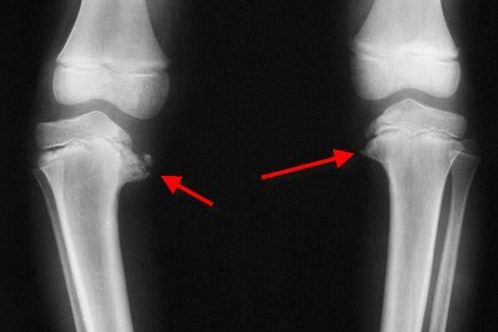
Blount’s Disease (BD) refers to a growth disorder of the shin bone (tibia) that causes the lower leg to angle inward.
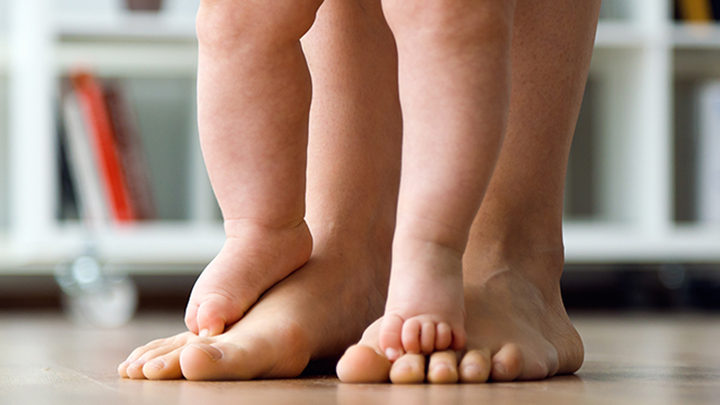
It is most common in children under age two who are developing posture and balance, and may involve one or both feet.
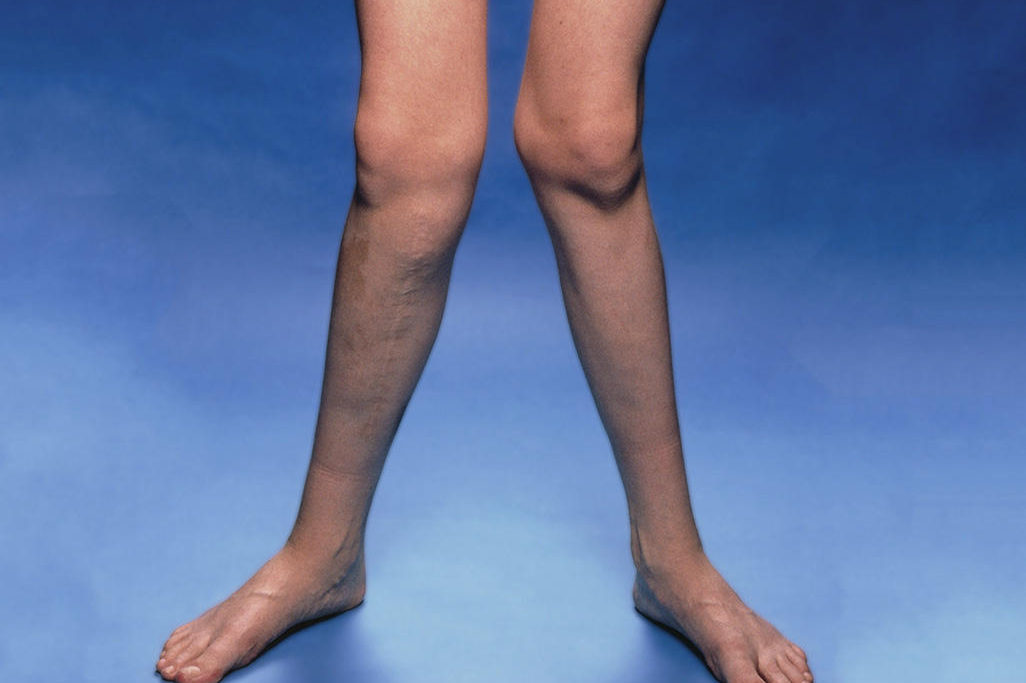
A condition where the knees angle in and touch one another when legs are stretched and straightened.
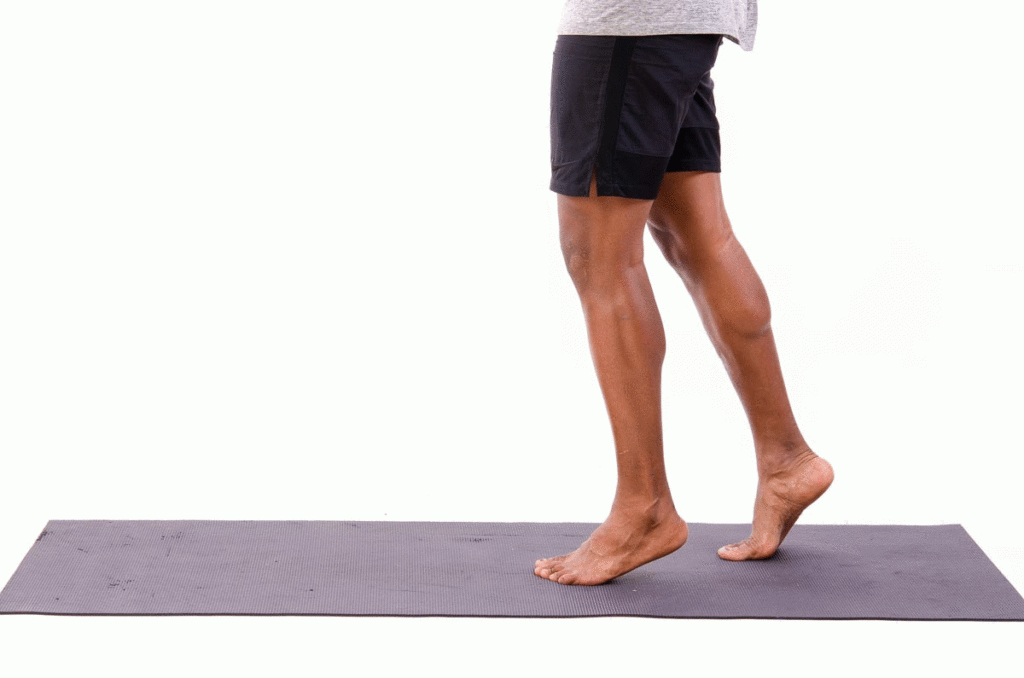
It is a type of gait abnormality in which a child loses the right contact with the ground, commonly seen in toddlers.